It’s a winter migration that seems to get bigger every February: Thousands of photographers and nature lovers flock to Yosemite National Park to see a natural phenomenon nicknamed “Firefall.”

Firefall is typically best viewed in mid-February, because that’s when the small Horsetail Falls is flowing with runoff from winter storms. Additionally, the park requires visitors to make reservations in advance if they want to attend during the highly sought-after Friday-through-Sunday fire periods due to the event’s growing popularity in recent years.

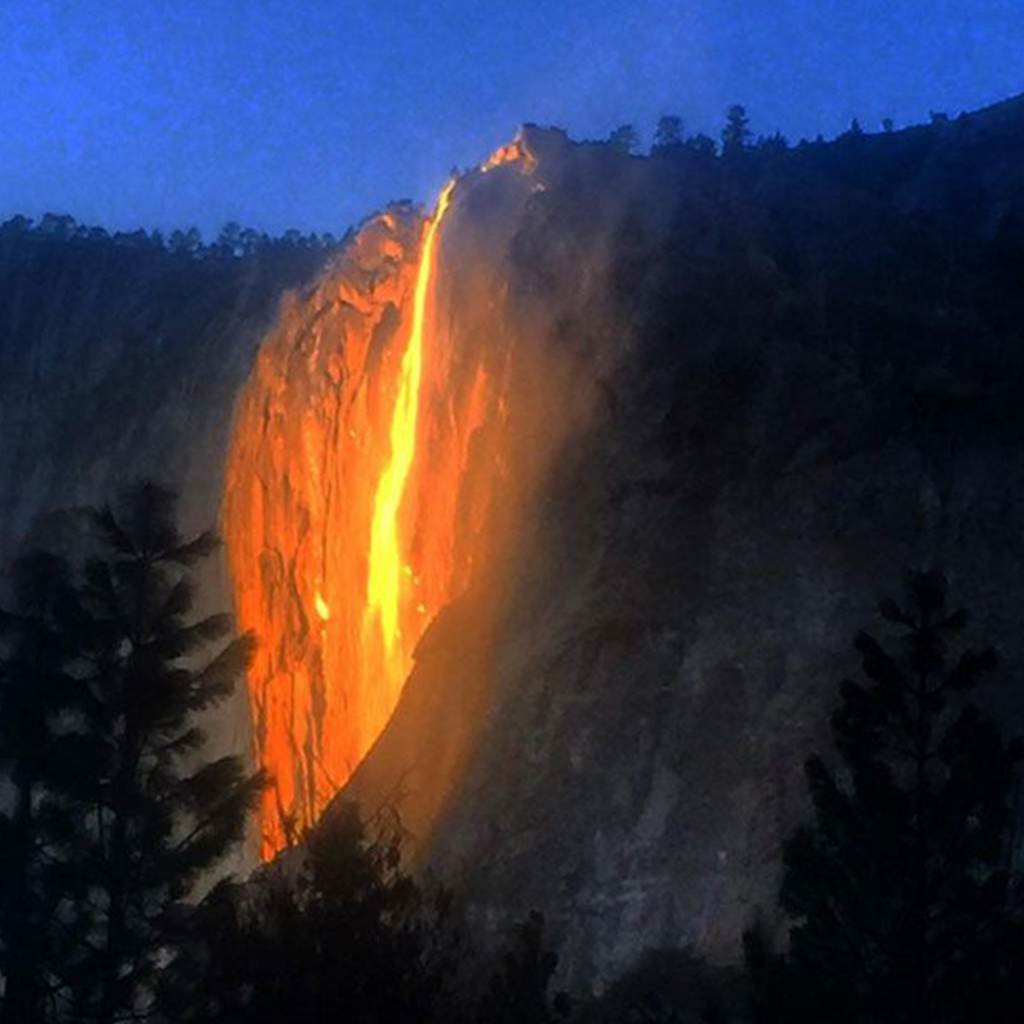
A clear sky and enough snow for the waterfall to fall over the rock formation are needed before the “firefall” effect can occur.
“Even a little fog or minor cloud cover can greatly diminish or eliminate the effect,” the park service explained on its website.

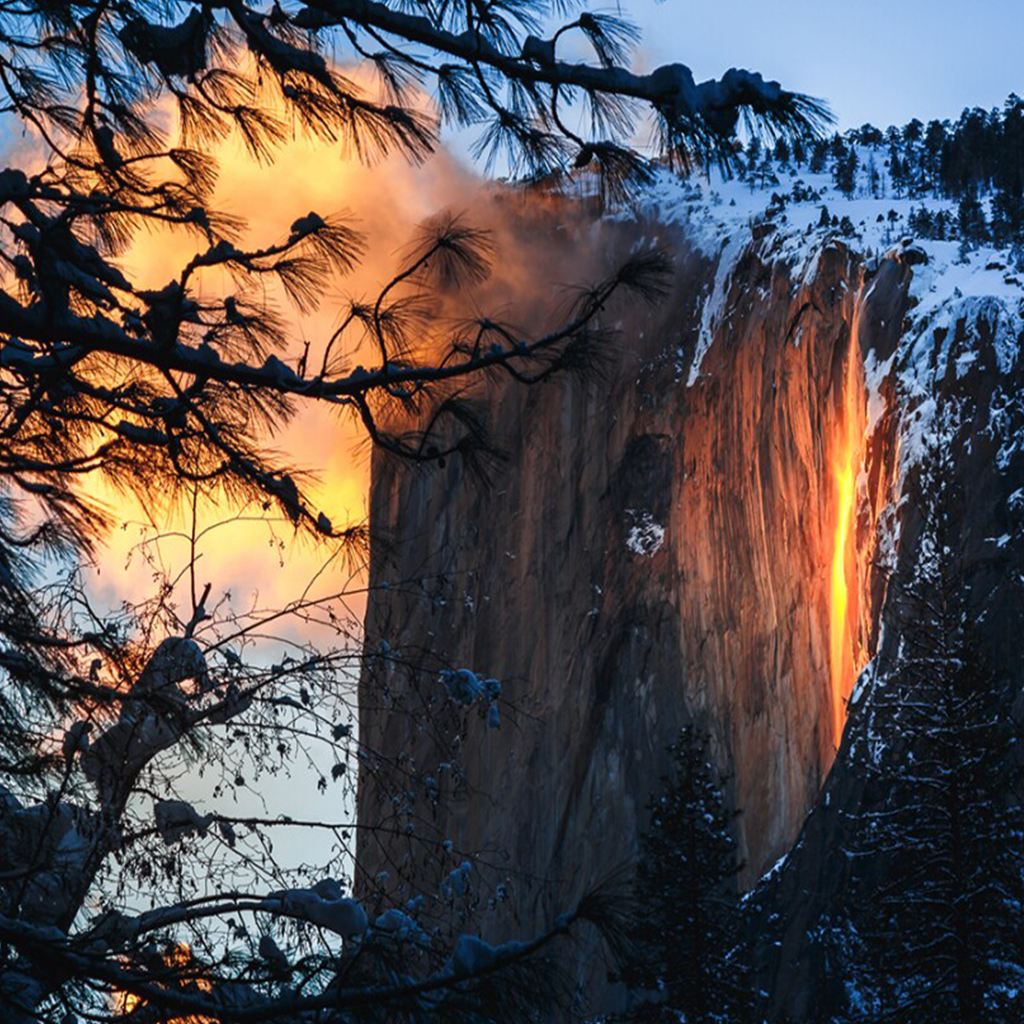
As National Geographic notes, famed landscape photographer Ansel Adams first captured the waterfall in the 1940s, however, the image was in black and white. The first color image of the “firefall” effect was captured by National Geographic photographer Galen Rowell in 1973.
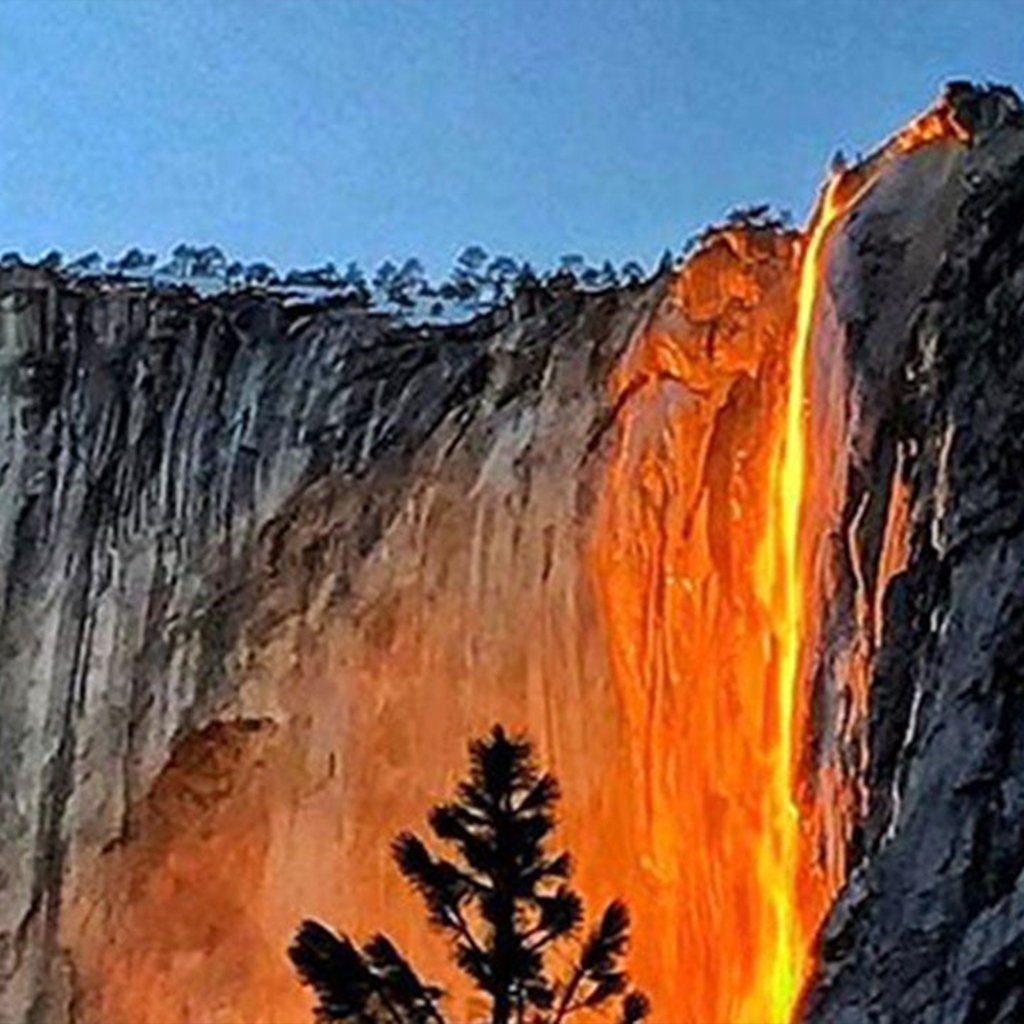
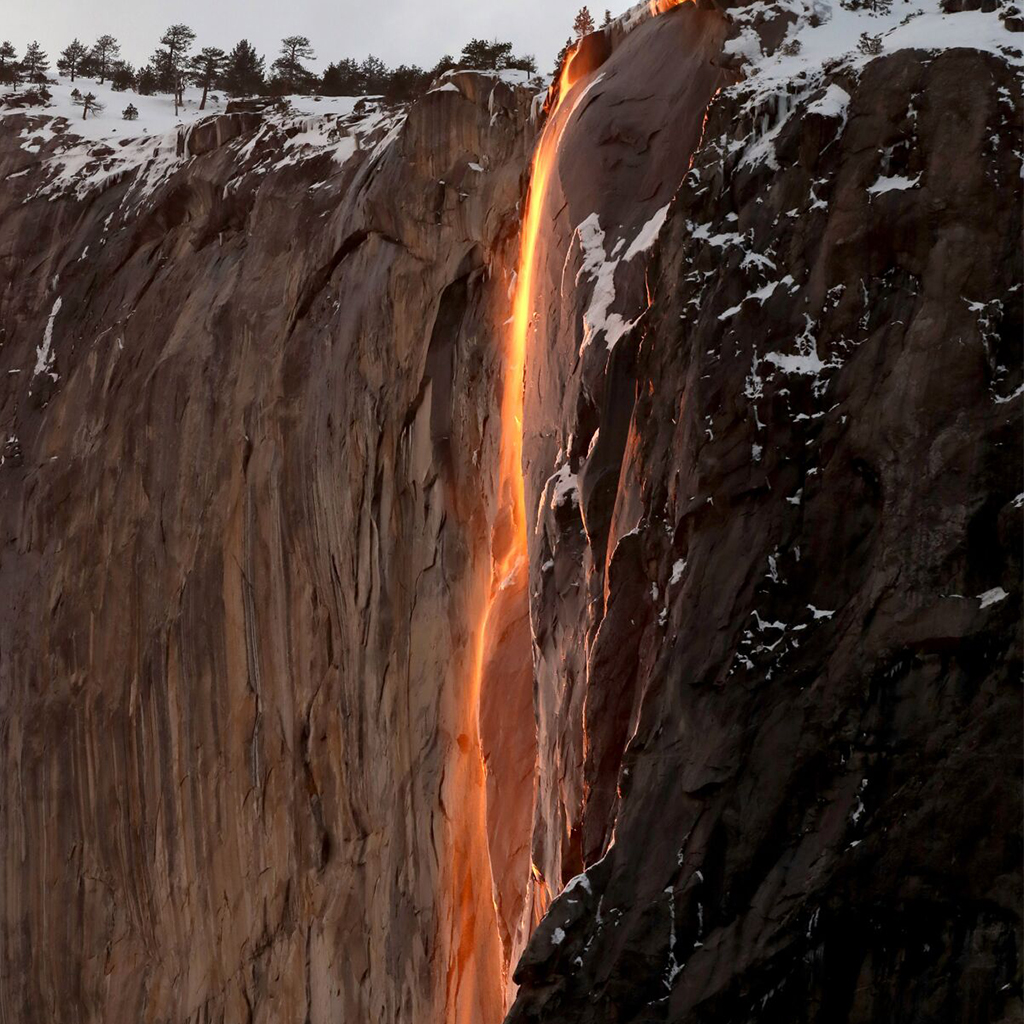
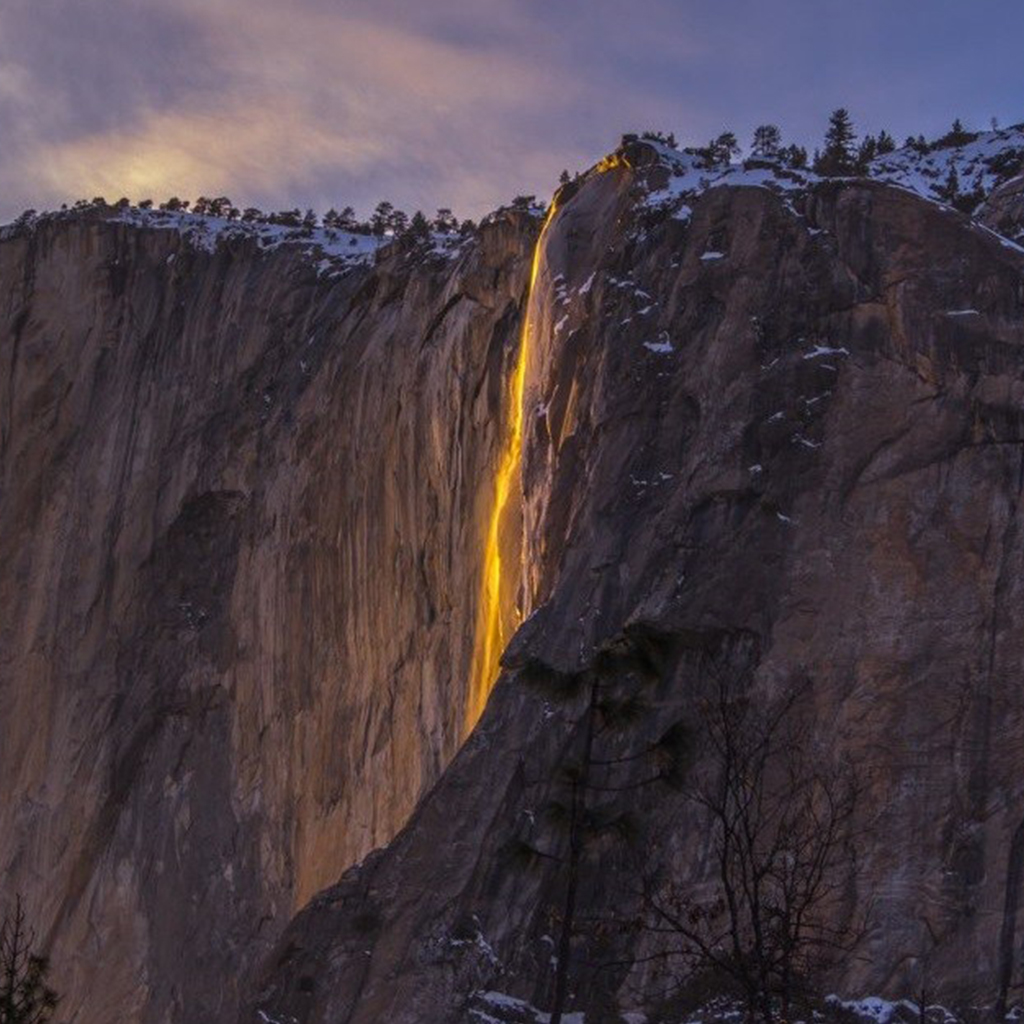
If all goes well, the rocky peaks of Yosemite Valley progressively cast shadows over El Capitan from west to east during sunset, leaving a narrow band of light on the waterfall just before sunset. The stark contrast between the shimmering mist and the dull rock makes the waterfall appear to glow.





